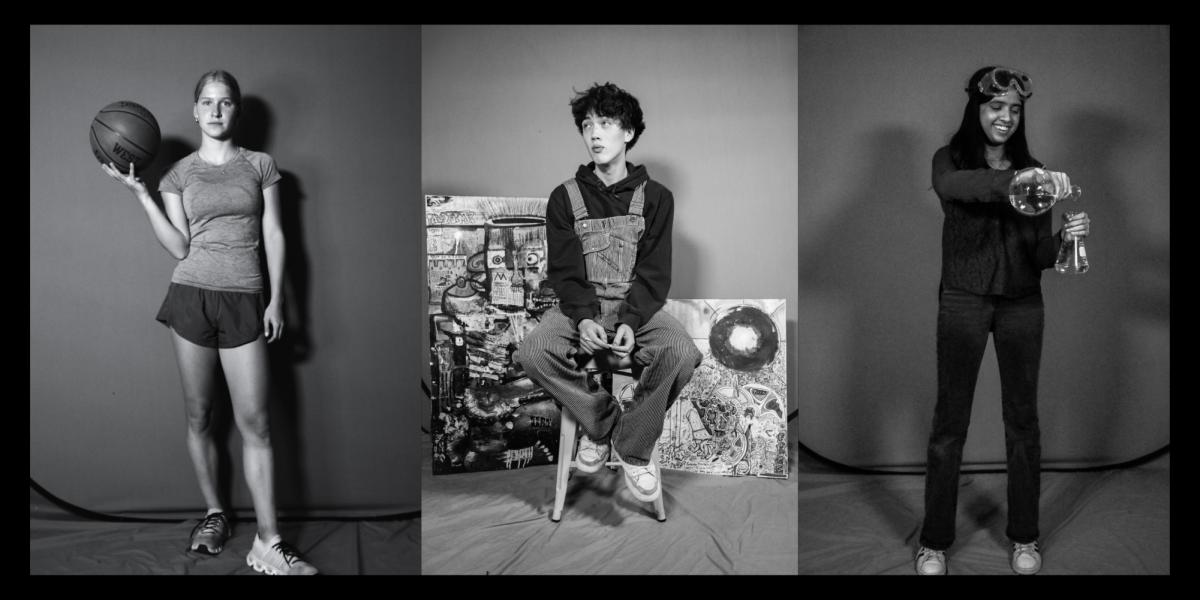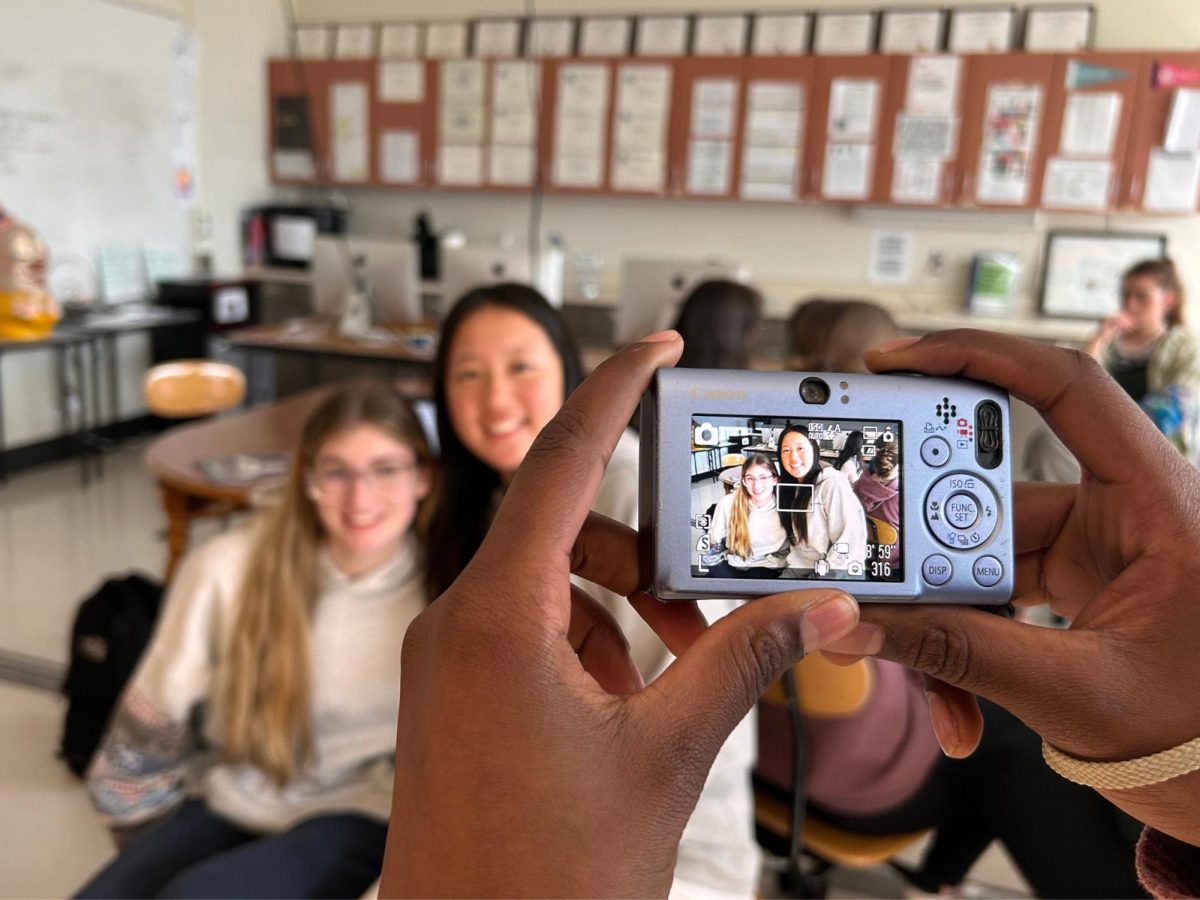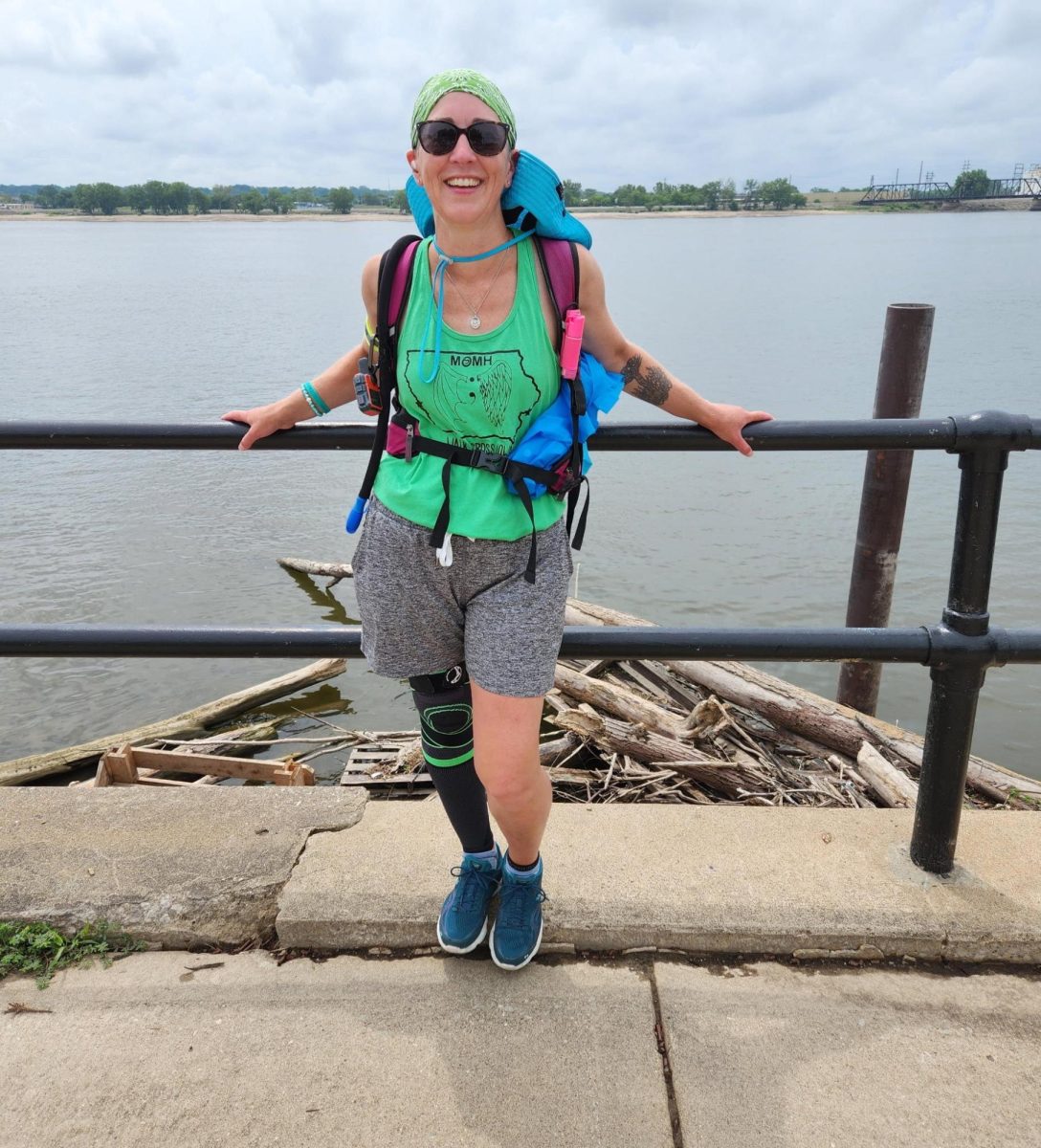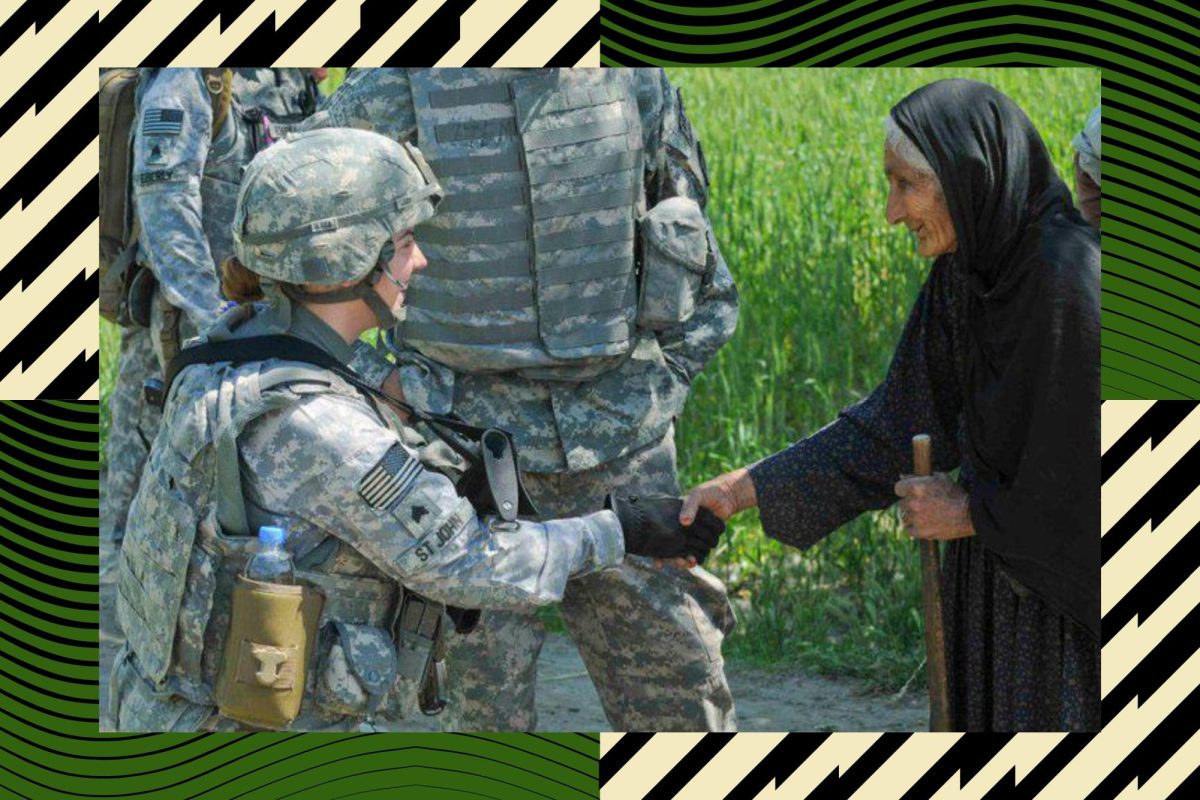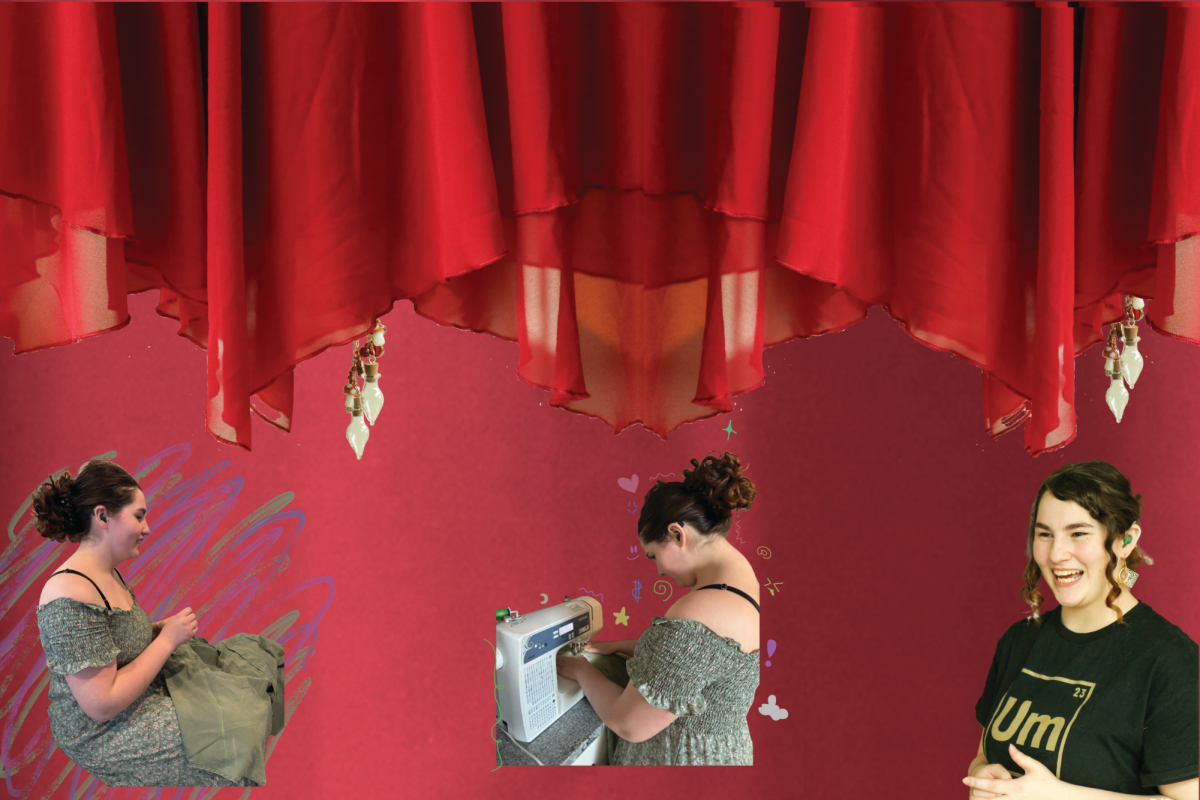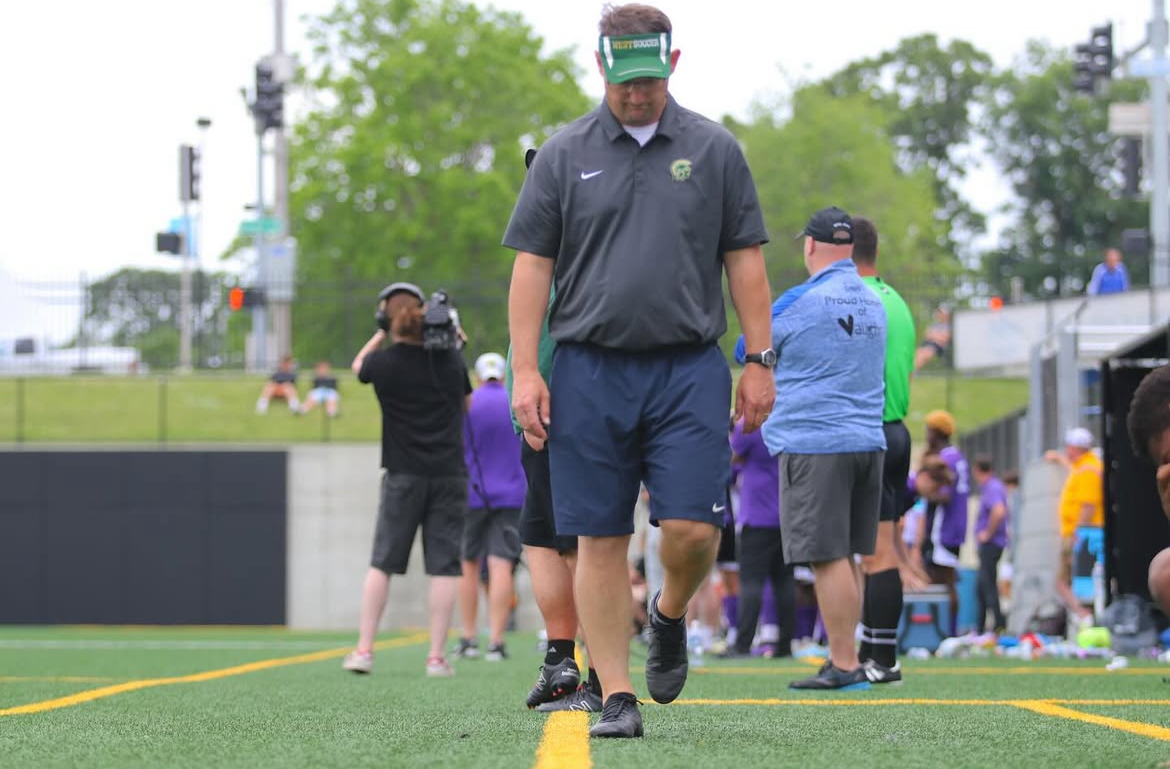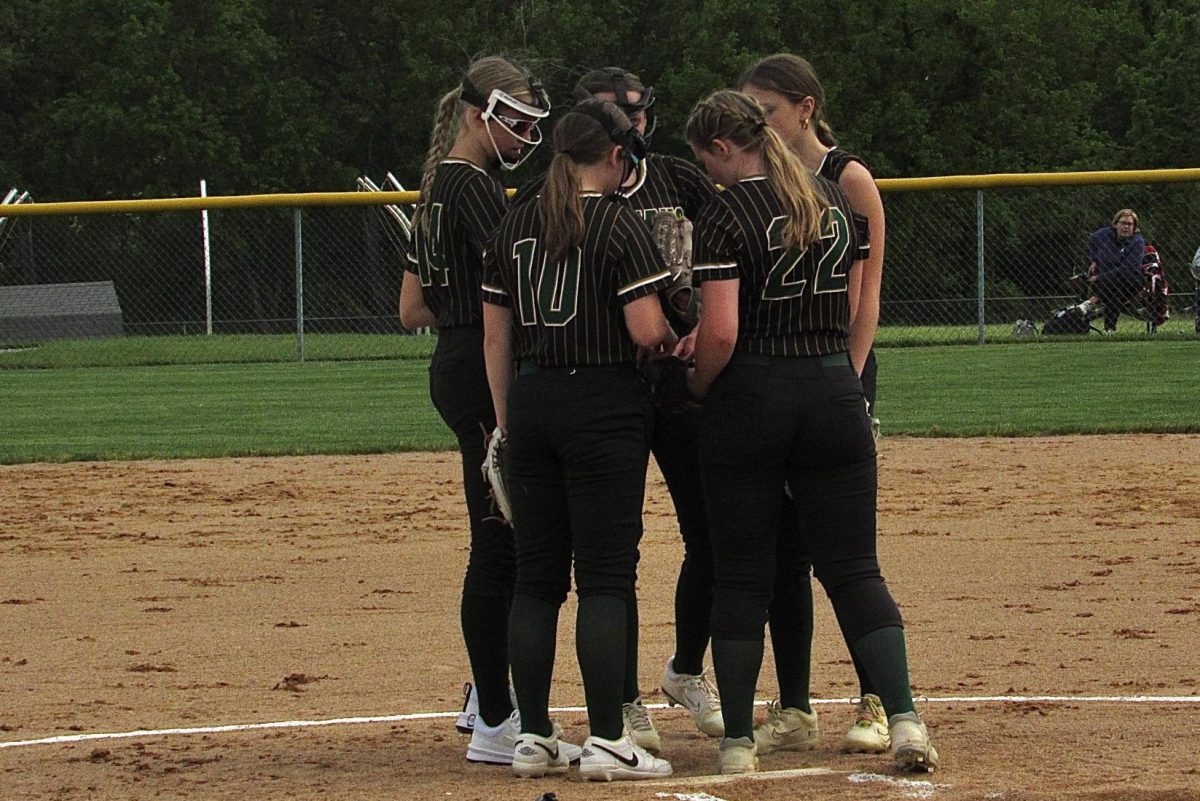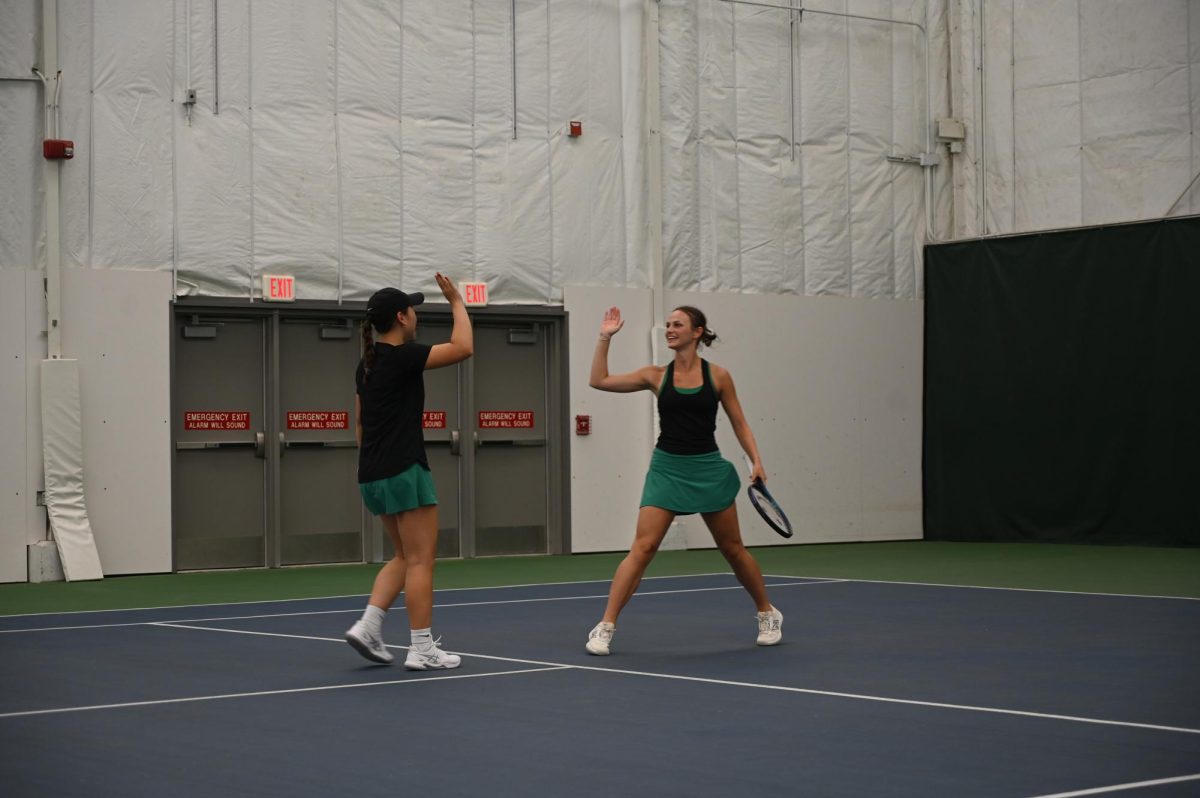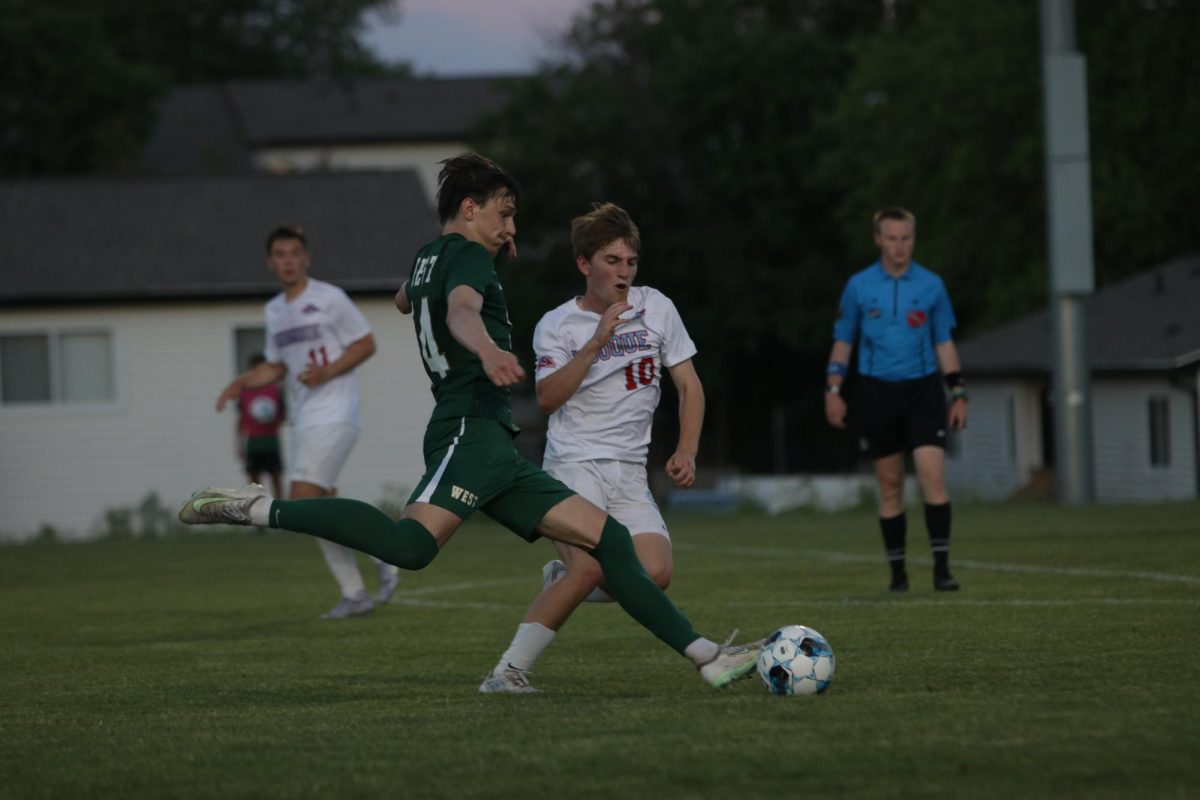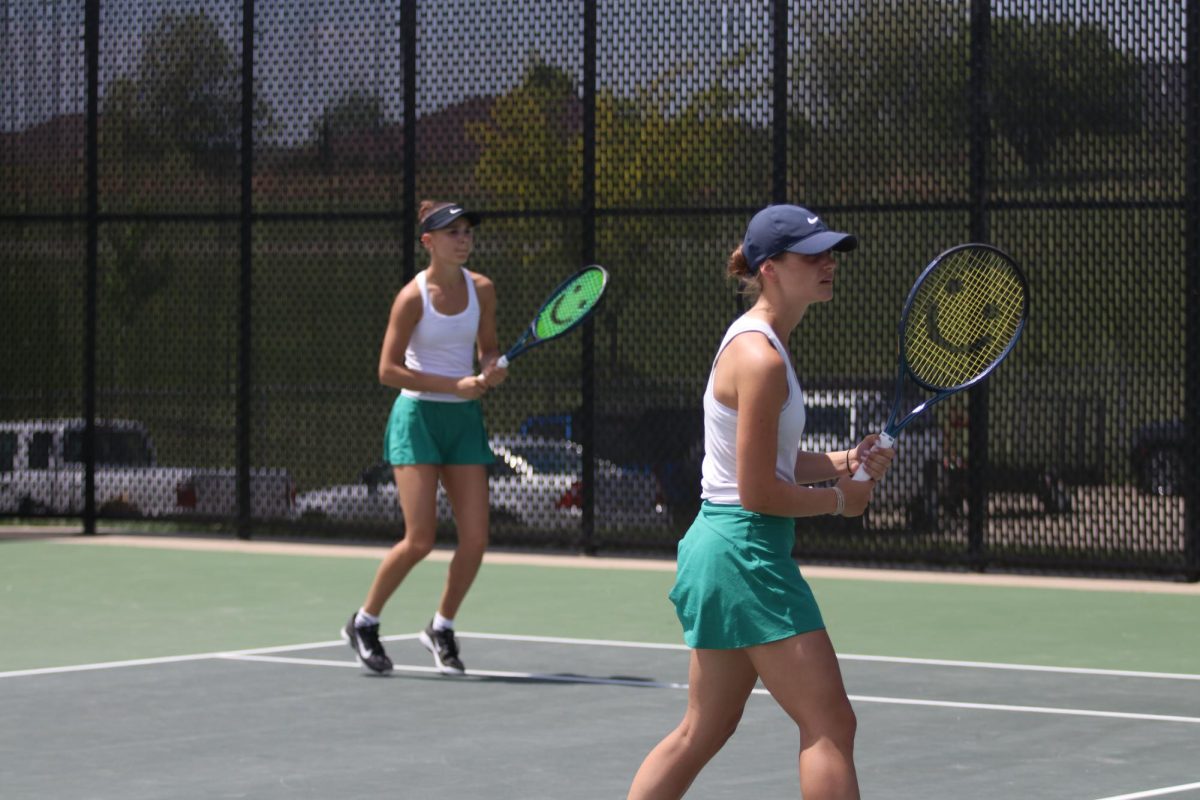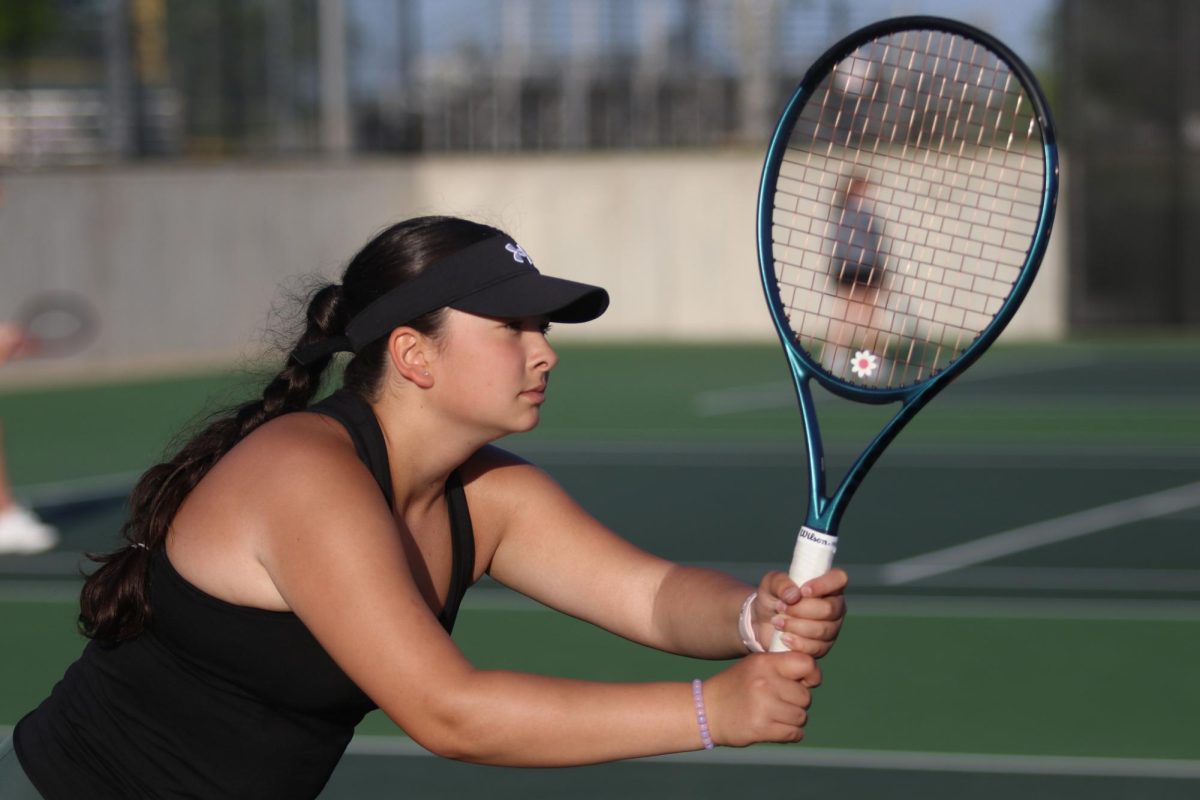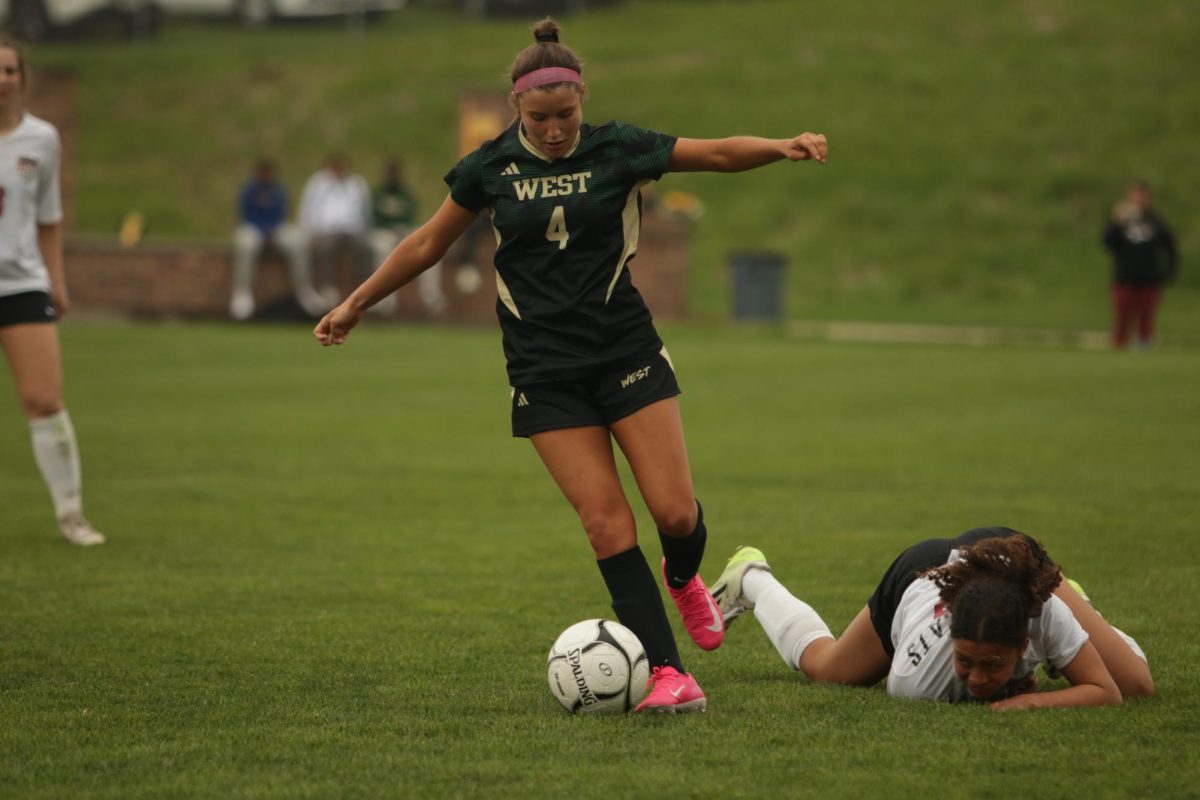Every morning, students across Iowa City leave for school. While some travel by bus or car, others head out earlier, biking to West. However, these students don’t just bike for transportation; across Iowa City, biking is an increasingly popular way to enjoy the outdoors, stay active and commute across the city.
Tyson Smith, the AP Economics and AP Capstone teacher at West, regularly bikes for his commute and as a hobby. After the pandemic stopped his Ultimate Frisbee group, Tyson began biking as a new way to get outside and exercise.
“A neighbor of mine was into gravel cycling, and he [suggested] to get a gravel bike. Iowa has tons of gravel roads, which have way less traffic, so you run into fewer cars. It was March 2020 [when] I started riding a bike that I had at the time, and then in June 2020, I bought a gravel bike,” Smith said.
Gravel riding is a mix of mountain biking and road biking, with the rougher surfaces of mountain biking while still on open roads. Gravel bikes have more suspension, or cushioning designed to absorb impacts, than regular bikes, although less than mountain bikes. Their tires have a width between road and mountain bikes, making them more specialized for their environment. To Smith, Iowa’s landscape helped determine his cycling style.
“[Gravel cycling] is generally what I will do, because that’s what [this] area has in abundance. If I lived in Colorado, or even somewhere where there were tons of mountain biking trails but not gravel roads, I would have gotten a mountain bike,” Smith said.
Smith was not the only one to start gravel cycling around this time. During the pandemic, restrictions on other activities led to increased cycling of all kinds. According to a survey by PeopleForBikes, 44.5% of individuals reported that they biked more during the pandemic. Even after the pandemic, Strava, an app that records athletic activities, found that gravel riding had increased by 55% from 2022 to 2023.
“There’s a lot of places where gravel riding has expanded a lot over the last six years, but [Iowa is] definitely one of the places. Of all the states, we have some of the highest percentages of unpaved roads. [It’s] not too punishing physically, because we’ve got rolling hills, [and] we don’t have super steep mountains where you could get yourself into more challenging situations than your fitness is ready for,” Smith said.
Matt Burkey is the Safe Routes to School Coordinator for the Iowa Bicycle Coalition, which promotes cycling throughout Iowa communities. He witnessed cycling take off during COVID-19. Burkey notes how this increased the demand for bicycles and bicycle parts.
“There was a big cycling boom and huge sales of cycling parts. It was hard to find certain bikes and bike parts in 2020 and 2021, and I believe the bike industry is finally catching up. Sales aren’t matching what they were during the pandemic, but people want to get outside, and cycling is a great way to do that, especially to feel connected to the town,” Burkey said.
The IBC focuses on promoting cycling to help build communities. Burkey feels that, in addition to the health benefits, the social benefits of cycling should also be considered.
“There are people I know from biking around town, because I wave at them every day on the commute, that I wouldn’t have that experience if we weren’t cycling. A lot of people talk about how hard it is to make friends as an adult, [but] I haven’t had that trouble because of the cycling community and groups around [me],” Burkey said. “[Biking] is a good reason to be social, to get outside. Everyone knows exercise is good for you, but also being social, getting out of your house and talking to other humans face-to-face [is good for you], and being part of a cycling group or community is a great way to do that.”
Iowa’s greater biking culture is most known for the Register’s Annual Great Bicycle Ride Across Iowa. This race is a week-long ride across Iowa starting at the Missouri River and ending at the Mississippi. Waylon Houchins-Witt ’25 first raced in RAGBRAI in 2024, doing all seven days of the ride.
“My mom suggested the idea to me because my aunt was going to do it. I didn’t have a lot of experience biking, and honestly, I didn’t prepare for RAGBRAI at all. I don’t know if I should have, [but] I completed it,” Houchins-Witt said.
RAGBRAI is one of the most popular bike races in the world, with around 50,000 riders during its peak day in 2023. Houchins-Witt experienced how this atmosphere creates the feeling of a moving festival.
“It was cool because there were thousands of people. You’re always surrounded by people — that was the best part about it,” Houchins-Witt said.
Sara Klosterboer, a special education teacher at West, has done multiple days of RAGBRAI. She believes that it’s a great opportunity for less experienced cyclists, even if they only complete a single day.
“There’s some people that get up at 5:30 am and race to the next town just to get there. But the majority of people are in it to enjoy the roads and the scenery and the pies,” Klosterboer said. “If you can get out and even do just one stretch, you can take the whole day. There’s not a race, it’s just a ride to be social and be in a community.”
While RAGBRAI is a casual race, Klosterboer has experience in larger competitions as well. Her family regularly competes at races across Iowa for multi-surface biking. These competitions involve races across several different terrains like pavement, gravel, dirt and grass.
“Our kids first got connected with a local junior cycling team through cyclocross, which is a kind of off-road adventure biking. It [includes] jumping over barriers and riding in any weather on the grass, sand, snow, flooding ditches, whatever,” Klosterboer said.
Klosterboer’s husband, Brian Brandsmeier, feels that competing is valuable for their kids. He has seen how cycling has helped to build confidence and sportsmanship.
“You don’t have to hold yourself back because you feel bad about overtaking somebody, but also, be a nice person. Find that balance of being aggressive and going out and trying your best, but also, being nice and supportive,” Brandsmeier said.
Cycling competitions also help to build a common community. Klosterboer has noticed how Iowa cyclers always want to support each other.
“The cycling community, even at local races in Iowa, everybody’s just super chill [and] supportive. It’s a fun atmosphere [at] races. I know some people get intense about it, but even at the start line, people are lining up and joking and laughing with each other. I love the energy of it,” Klosterboer said.
Klosterboer and Brandsmeier have helped run multiple local cycling clubs for youths within Iowa City. They first worked together to start a club for youth mountain bikers during the spring and summer.
“There’s a local team there, and that season runs from August to December, but we were looking to start something for our kids to do in the off-season. Brian and a couple of other guys in the community came up with this idea to start a mountain bike club for youth,” Klosterboer said.
Klosterboer sees this community as another benefit of cycling. For her, it’s important that her children are with people she trusts.
“My son’s 13, but he rides at the front of the packs on these gravel rides and we can’t keep up with him any longer. He’ll finish the ride, and we meet up at various restaurants or local establishments in the area; these 30 and 40-year-old guys are all chatting with him, and I know he’s in good hands. I know if something went wrong, somebody would stop and help him,” Klosterboer said.
The Iowa City cycling community is partly fostered by the Iowa City government’s work to support cyclists. Burkey notes that the city still has work to do if it truly wants a safe cycling community.
“To promote more cycling, we need to make sure that the roads are safe and accessible for everyone. In Iowa City, it’s great having separate bike trails that are easy to get around,” Burkey said. “Bike lanes in town are nice, [but] it’d be nicer if they were protected, if there was a physical barrier between the bike lane and the car. Paint doesn’t keep people from bumping into cyclists.




